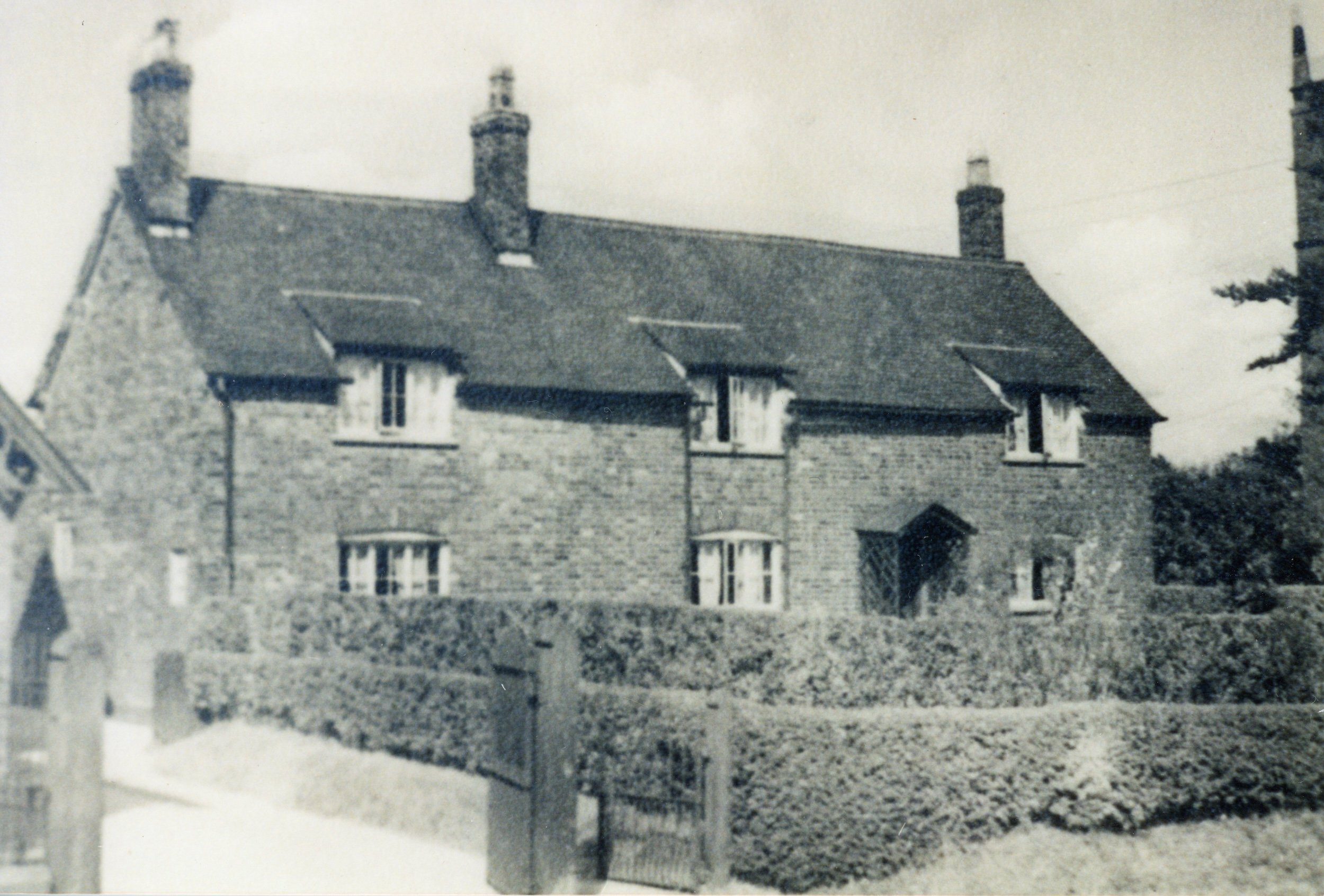Goostrey School
Goostrey School 1640 to the present day
Schooling during the 17th century in Cheshire was a very mixed picture and village schools were few and far between. Classes were often taken by the vicar or curate as a result of legacies left for that purpose. Probably only some 5% of the population received even a very limited elementary education. Church records indicate that Goostrey had a school continuously from 1640 initially in a building in the church yard. The first reference in Church Records to a school in Goostrey dates back to 1640.
The masters at this time were:
Mr Howlt from 1640 to 1645- at this time the school was located in the churchyard, near the North wall where the Old Vicarage now stands. This was also a Court House for the Manor of Goostrey
Mr Z Crofton from 1645 to 1648
Mr Newcome from 1648 to 1653. In 1648 the school needed repairs and 8d (3½p) was paid to a carpenter to repair the school house
In 1666 there were disputes about the school, and Samuel Smallwood was employed to draw up an arbitration bond to keep parties to their obligations, for which he received just over £1.
In 1667 the school moved to The Bankes next to the Forge on Church Bank. This was pulled down in 1703 when Matthew Holford was the teacher. It is most likely that the school returned to the Church at this time.
In 1685 Elizabeth Hazlehurst endowed the school with £200 to make it a ‘free school’. This is recorded on her flagstone in the church yard.
In 1775 a new school was built, with two rooms above it for masters.
John Pass was headmaster from 1770 until 1810.
In 1812 yet another school was built for £90 where Bank House is now (Old District / National Westminster Bank).
Jonathan Harding was headmaster from 1810 until 1862
In 1856 the current school on Main Road was built at a cost of £689, of which £363 was raised by a public subscription, £300 was a grant from the Council of Education and £26 a grant from the National Society.
Charles Goostrey was the first master, with around 70 pupils. We are told that his selection from a number of candidates was due to the remarkable coincidence of his name. Miss Sarah Harding was mistress.
During the next few years, the following were masters for short spells: Mr. Thomas Baskerville. Mr. Rideout, Mr. Winstanley.
Robert Duckworth was headmaster from 1872 until 1914. His tenure is covered in a separate article on the website.
It was not desirable to hand over the Church School to the County Council, putting it on the rates, therefore a garden party and other means of raising the necessary money for repairs had to be considered. The school managers had a considerable sum of money in hand - about £60, and Mr Egerton-Leigh kindly granted that a garden party be held at Jodrell Hall to raise the rest of the money needed. £130 was raised for surfacing of the playground, new cloakroom etc.
On Mr Duckworth’s death, Miss Annie F Lees took over as emergency teacher for several weeks.
Mr J Holland was headmaster from 1914 until 1919 with a break for military service in France in 1918 attached to the Headquarter Staff of the Royal Garrison Artillery
Charles Barlow was headmaster from 1919 until 1950. In 1919, Miss Marion Marlor completed her two year teaching course at Crewe College and was appointed as Assistant Certified Teacher at the school.
Ron Hough was headmaster from 1950 until 1973
It was during Ron Hough’s period of headship that the school was extensively modified to become essentially the modern school that we have today.
Air raid shelters built during the war were located in the front of the school and in the playground and these were not demolished until the late 1950s.
Until about 1957 there was no main sewer connection to the school and there were just earth closets (emptied by the night soil man) and two hand basins for the children to use. Considering that the children had to bring sandwiches for lunch as there were no kitchens at that time, this lack of sanitation was rather unhygienic. In 1958 flush toilets and extra hand basins were installed and soon after the kitchen was built although the children had to queue up and eat their lunch in the classroom. A new porch and a cycle shed were also built in 1958.
Because of the rapid expansion of the village in the early 1960’s the number of pupils in the school outgrew the school and temporary classes were set up in the Old Village Hall and in the Methodist schoolroom. In the 1970’s mobile classrooms were erected in the school yard and the problem of overcrowding was finally solved in 1977 when the new infant school and Village Hall were built.
Ken Shorton was head from 1973 until 1983.
Mrs Valerie Edwards was Head Teacher from January 1983 into the new millennium. She was the first woman to hold the post.
TO BE CONTINUED……







